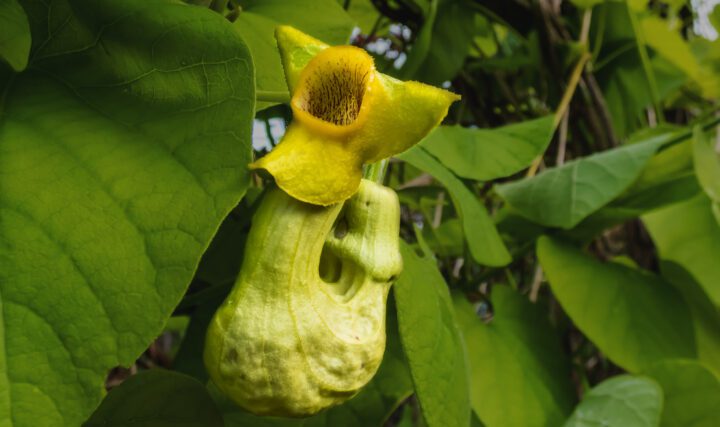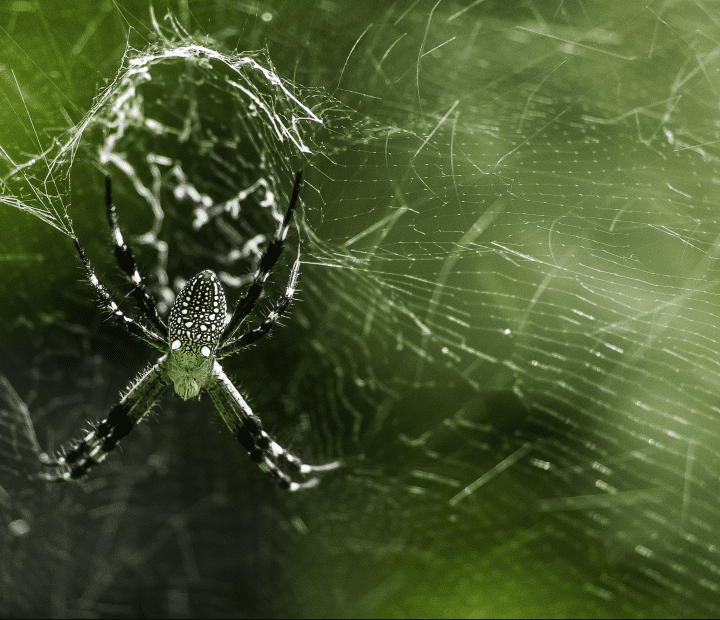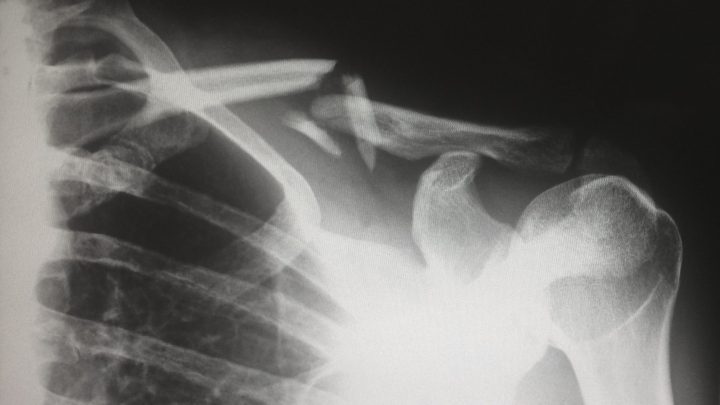Fibers produced by the flax plant provide strength by being extensively cross-linked composites of cellulose, pectin, and protein in a long, tube-like architecture.
Flax fiber has been used for millenia throughout the world for the production of linen textile. Its strength and desirable properties are a result of its microscopic structure and chemistry. Flax fibers are relatively long, tube-like composites (up to about 5 cm, or 2 inches) of supplemented by pectin and other polysaccharides, lined up in the direction of the tube, surrounded by concentric layers of cells forming a super-strong secondary wall. Extensive cross-linking, aided by the presence of several types of s, binds all the components into an intricate matrix.







